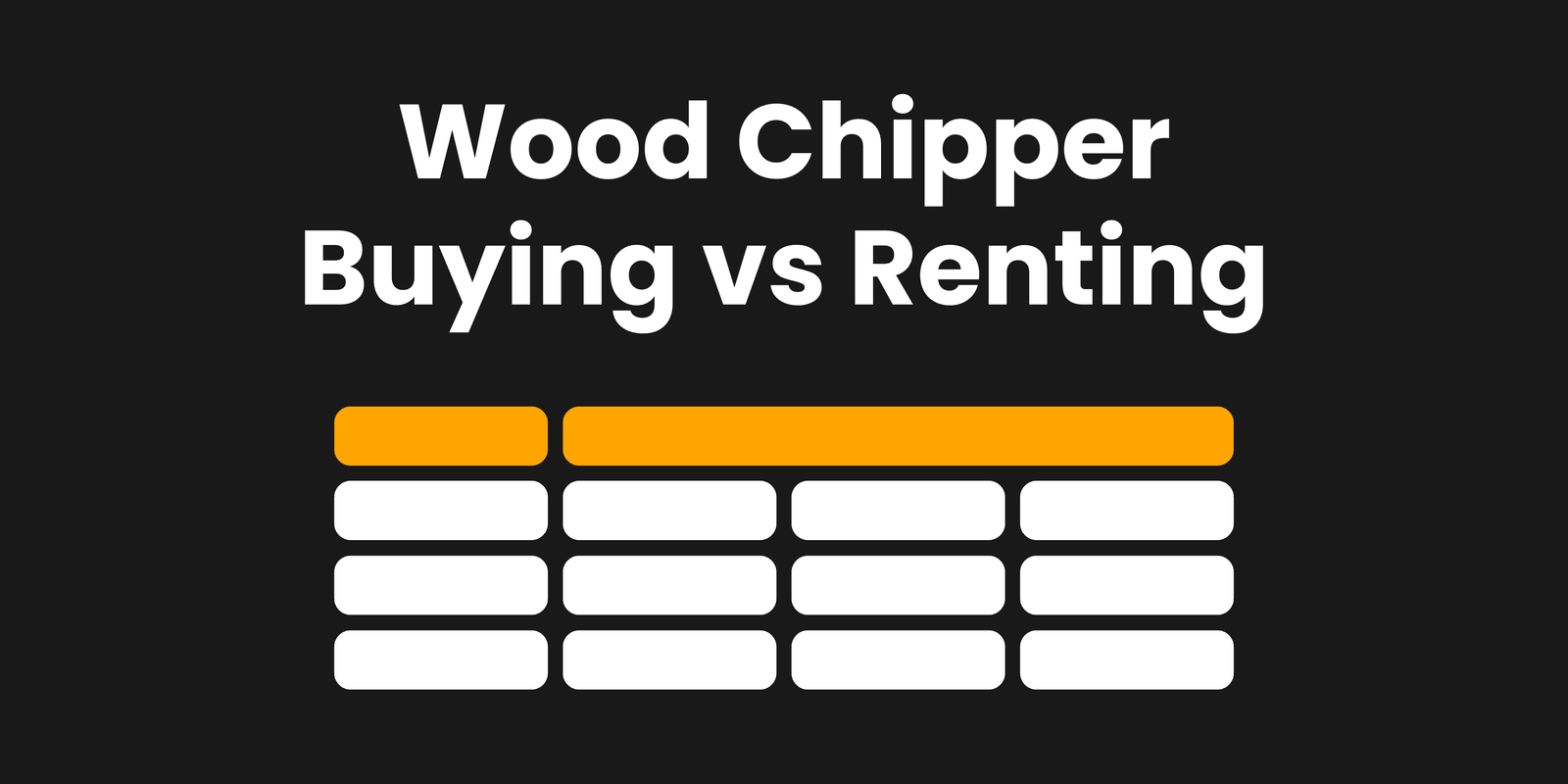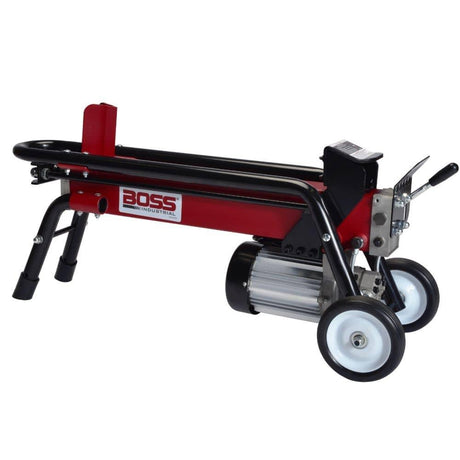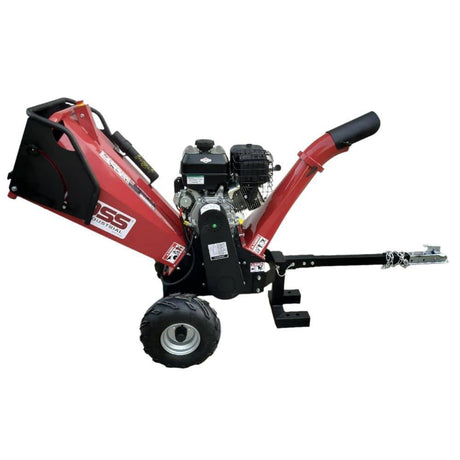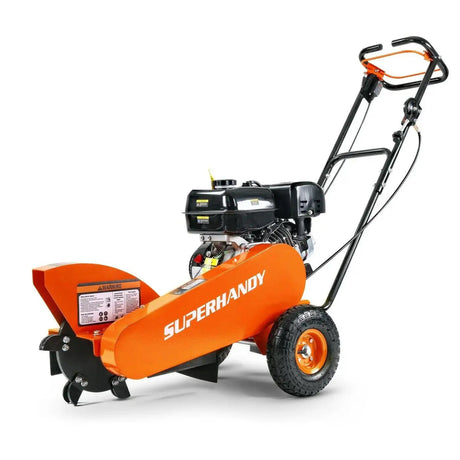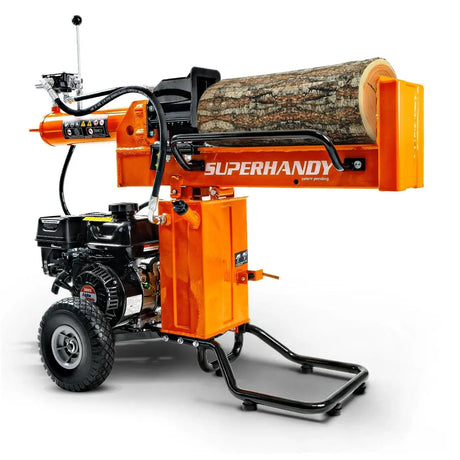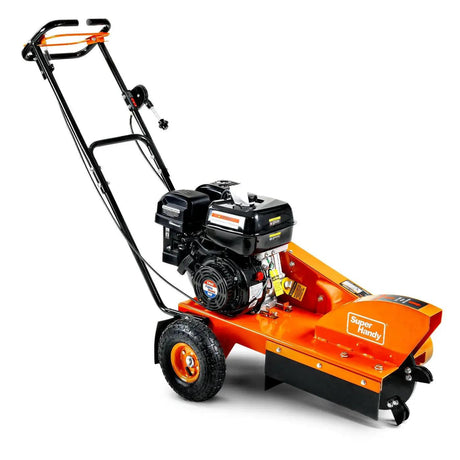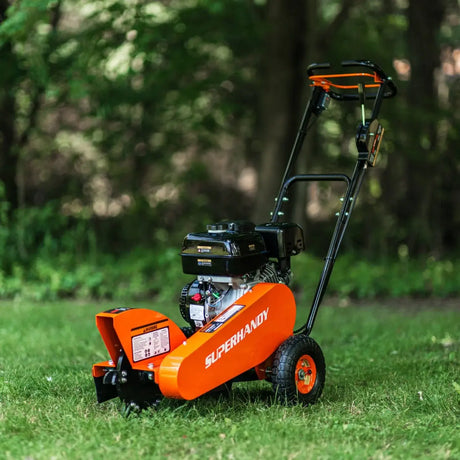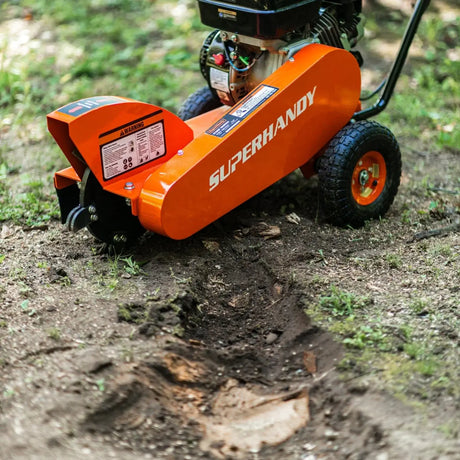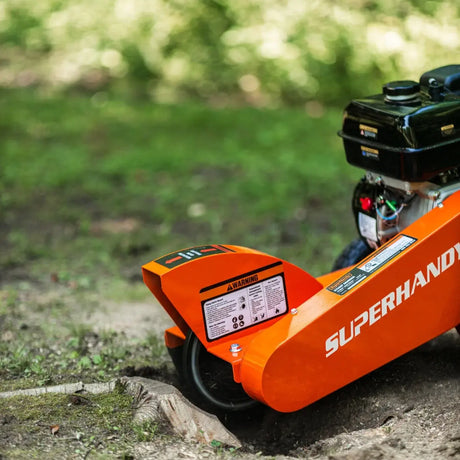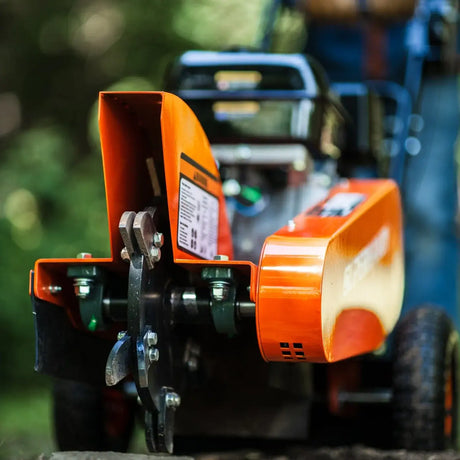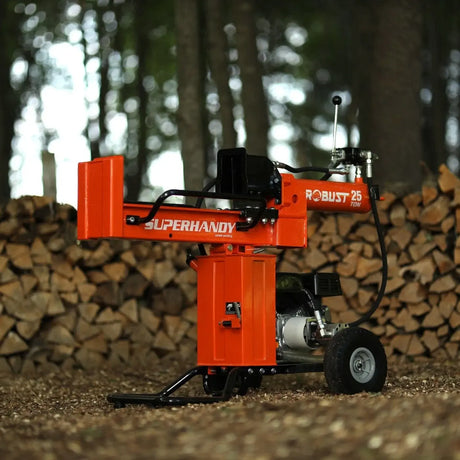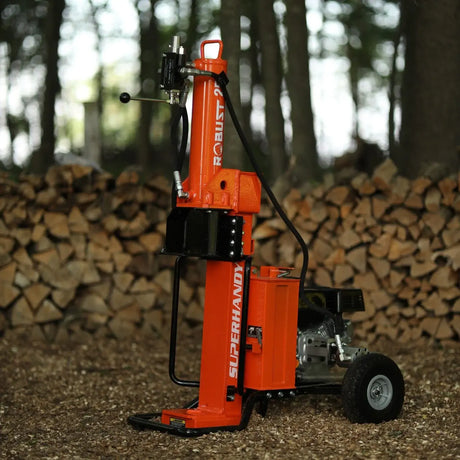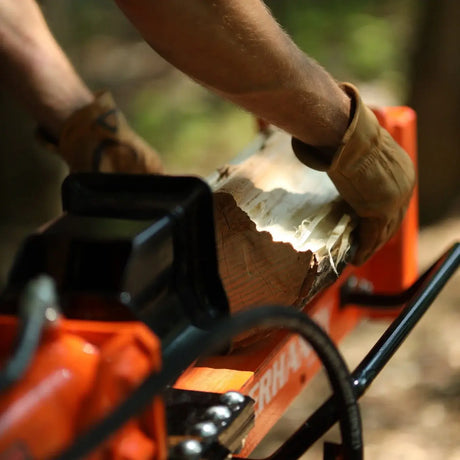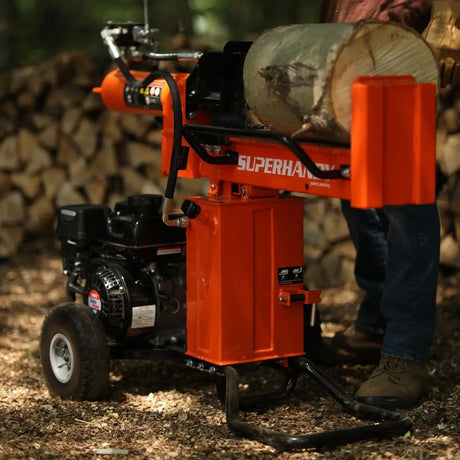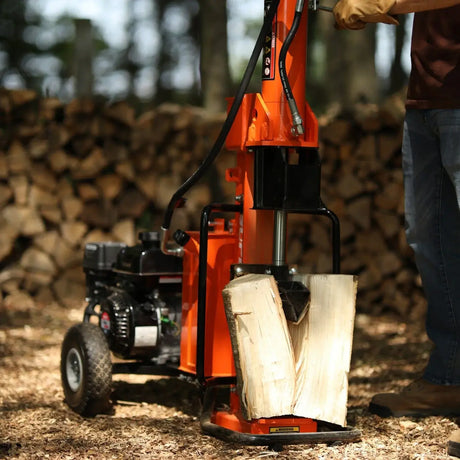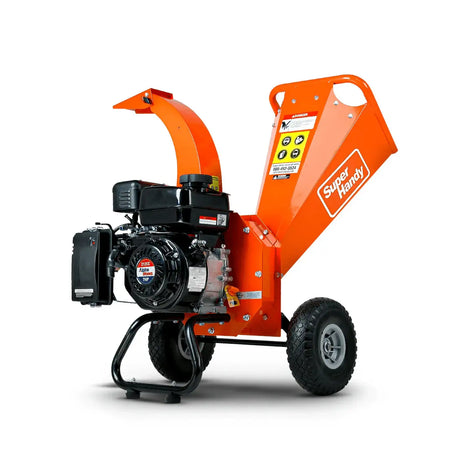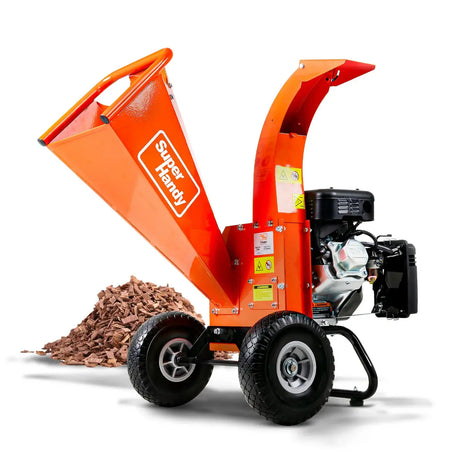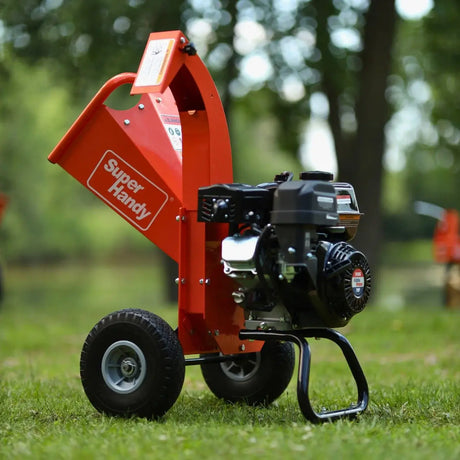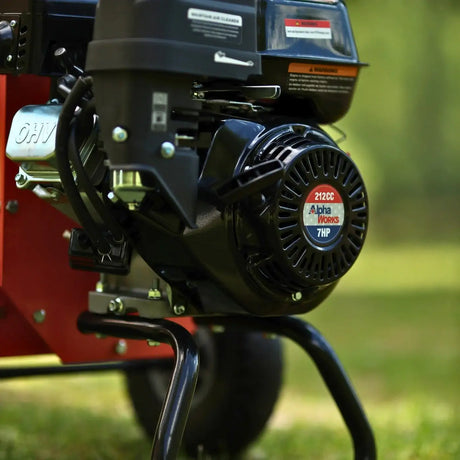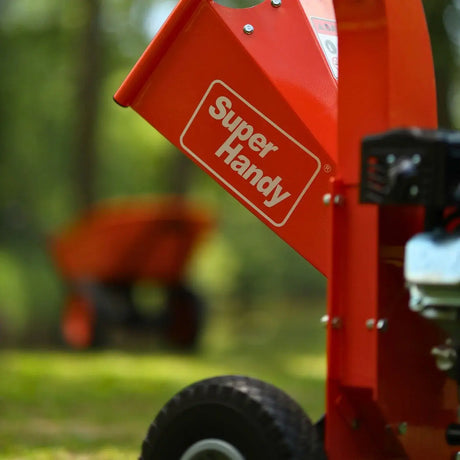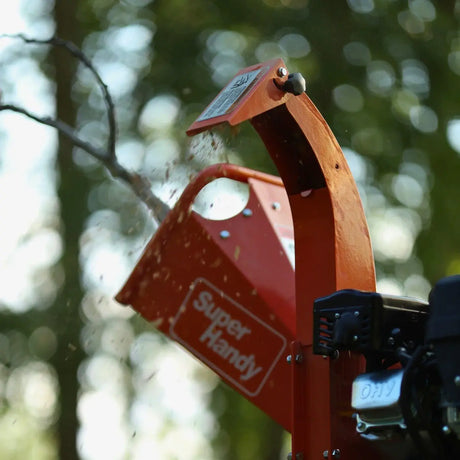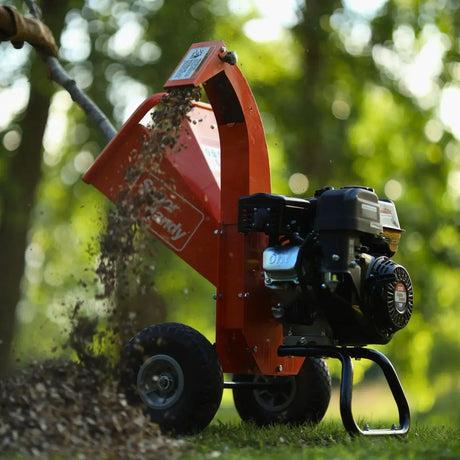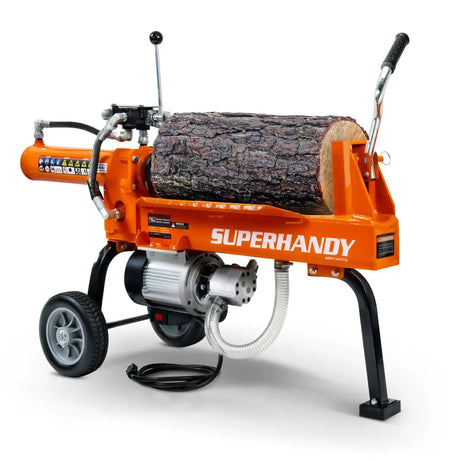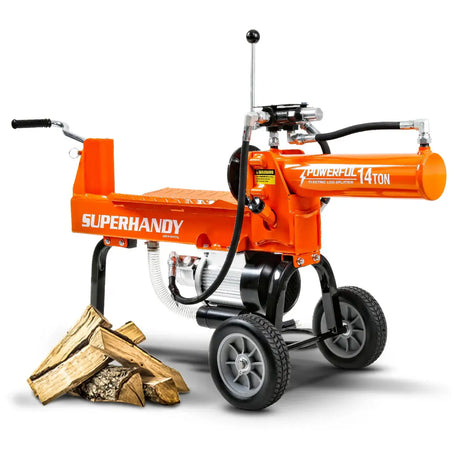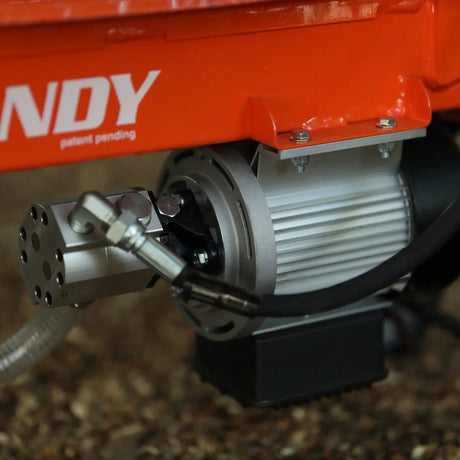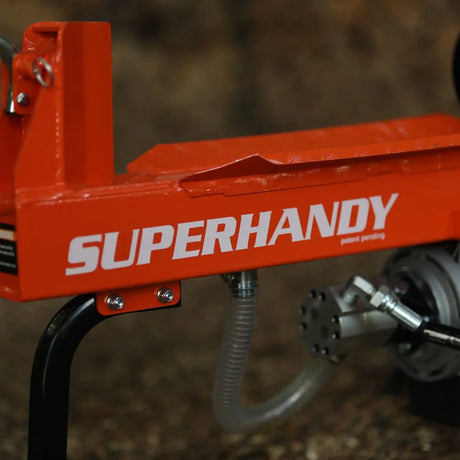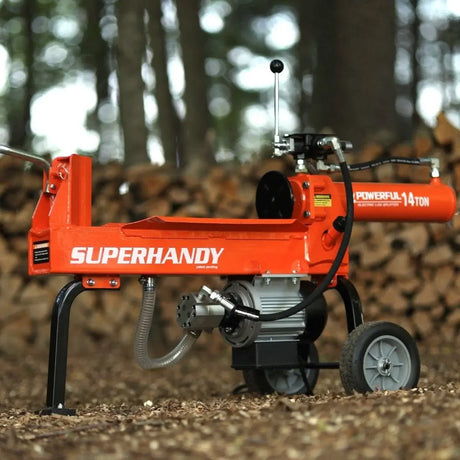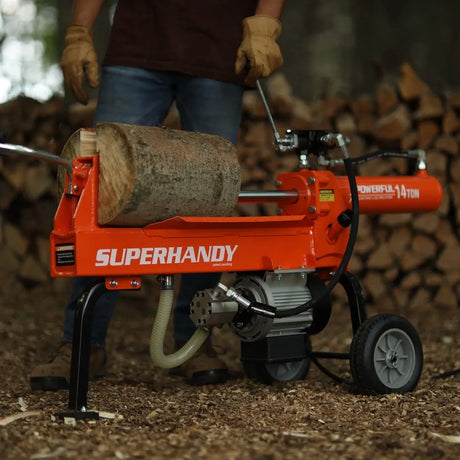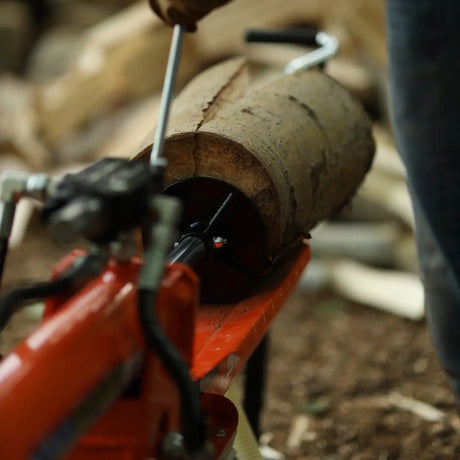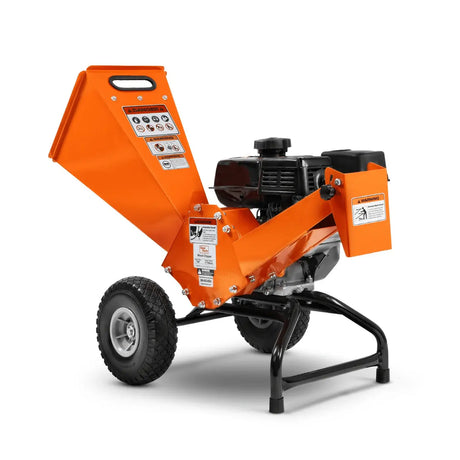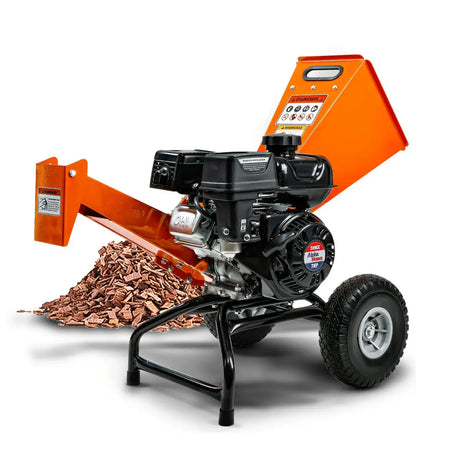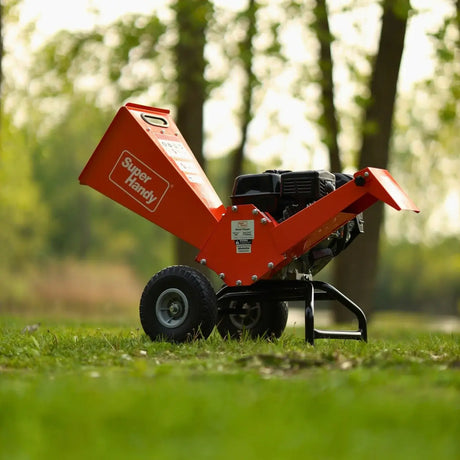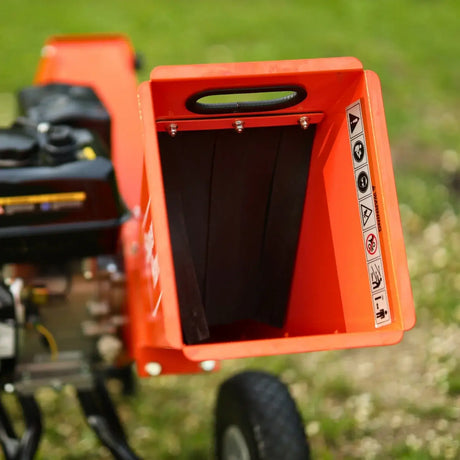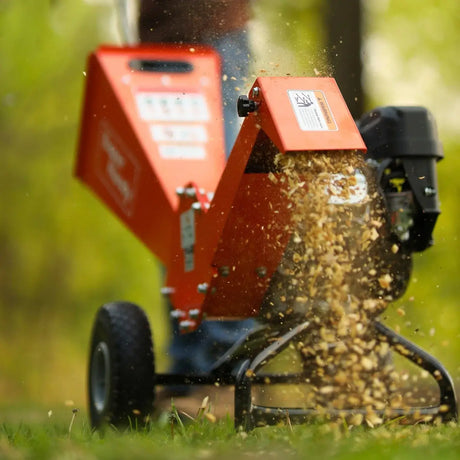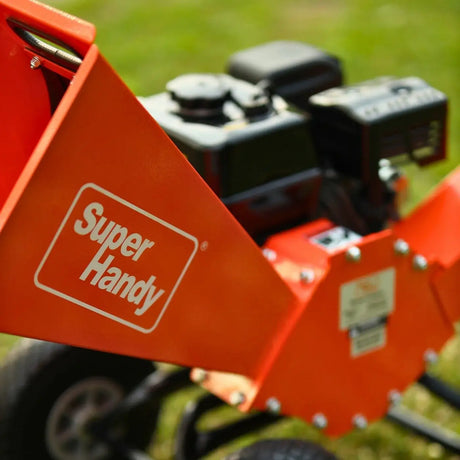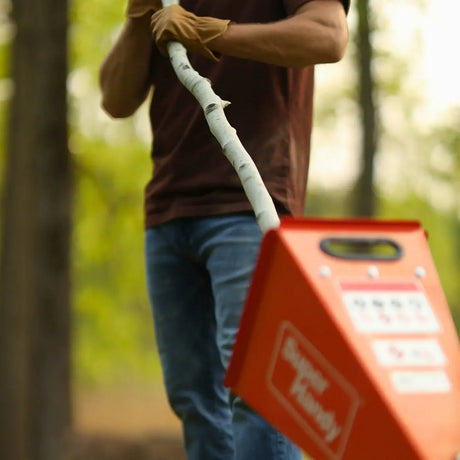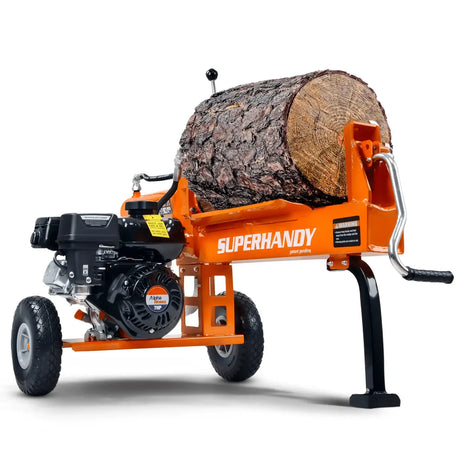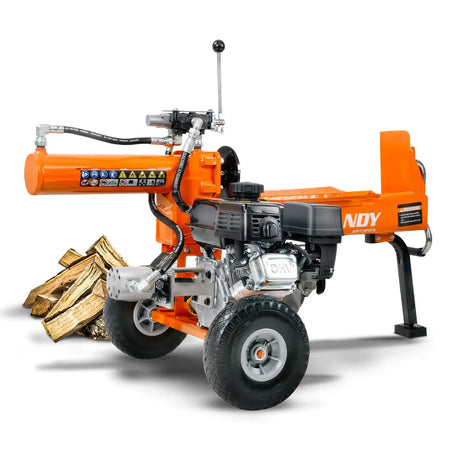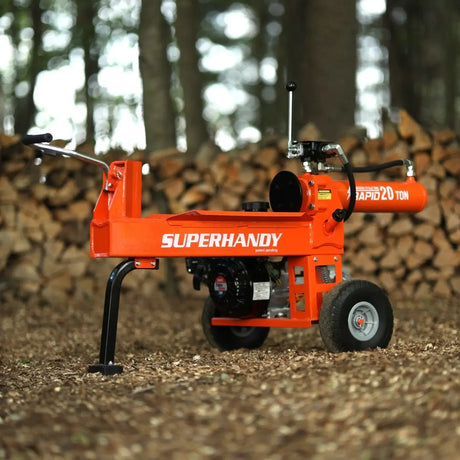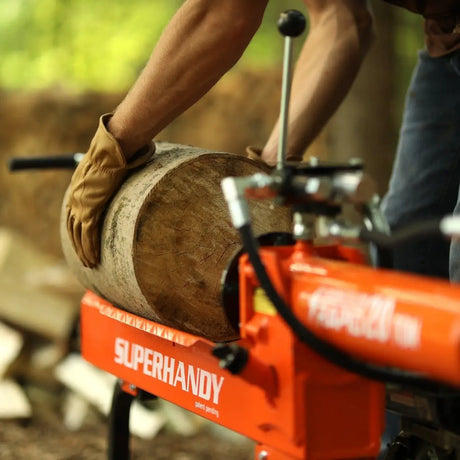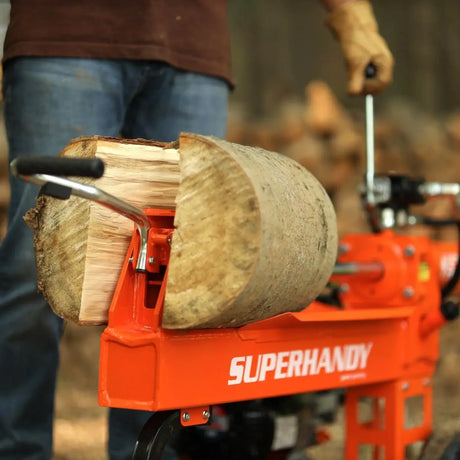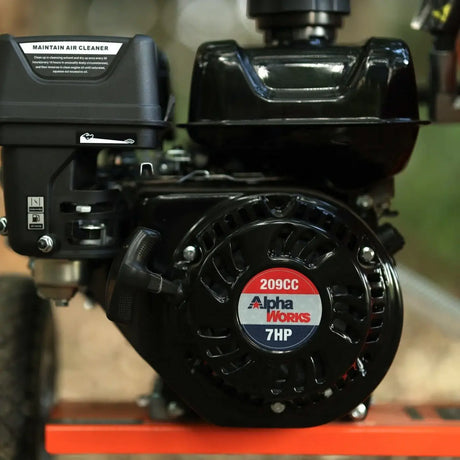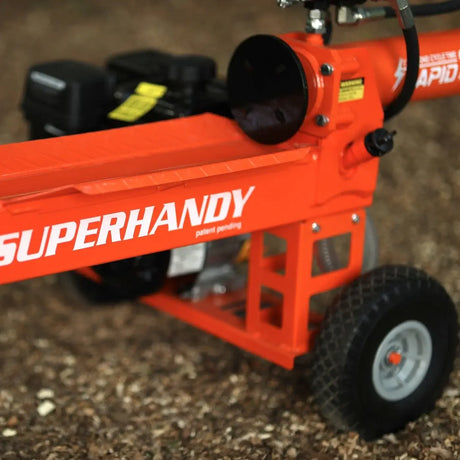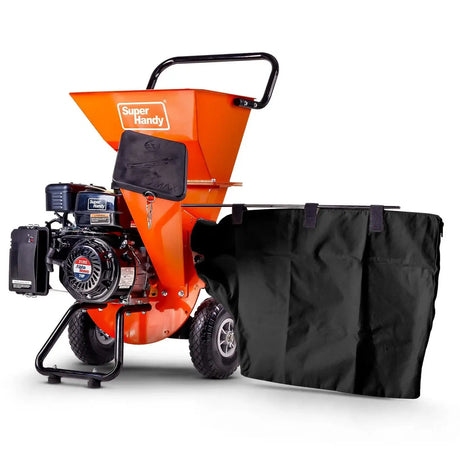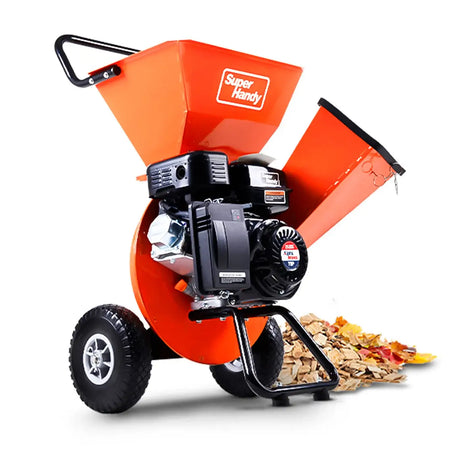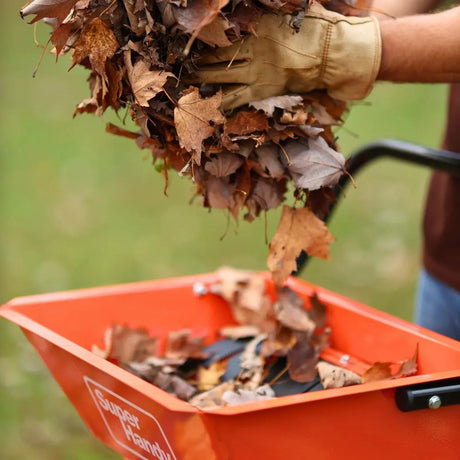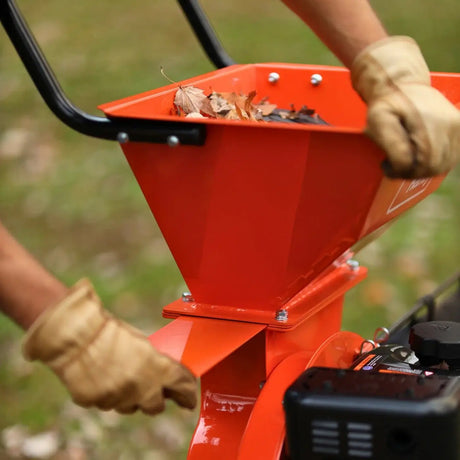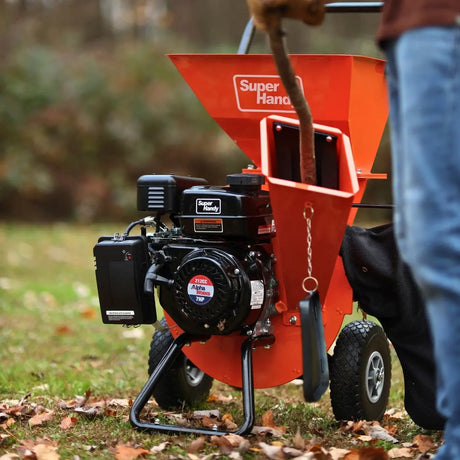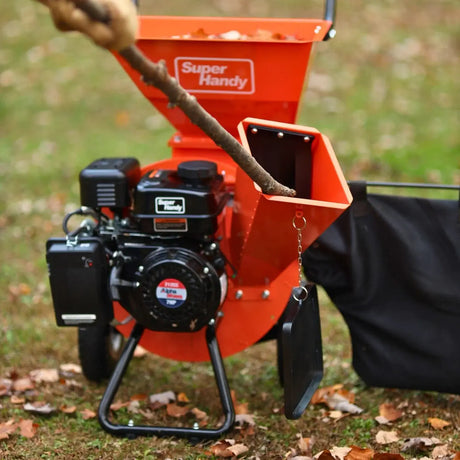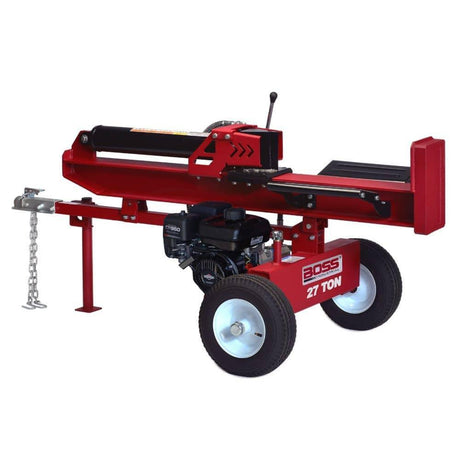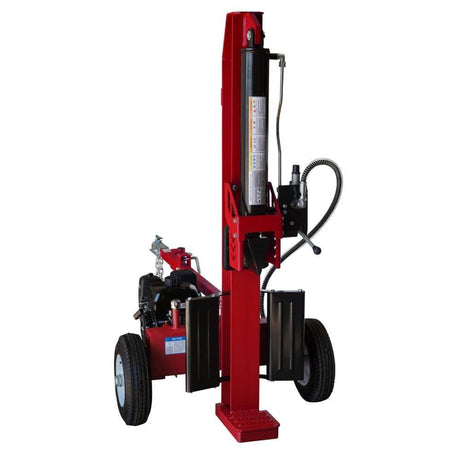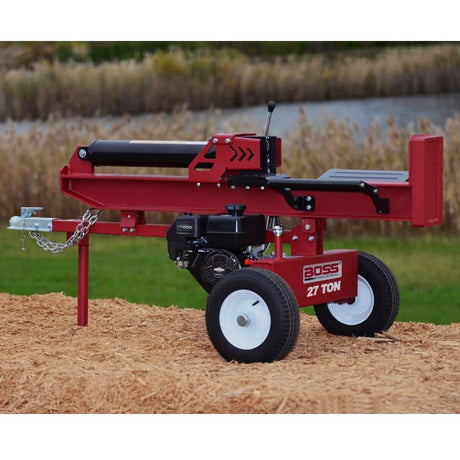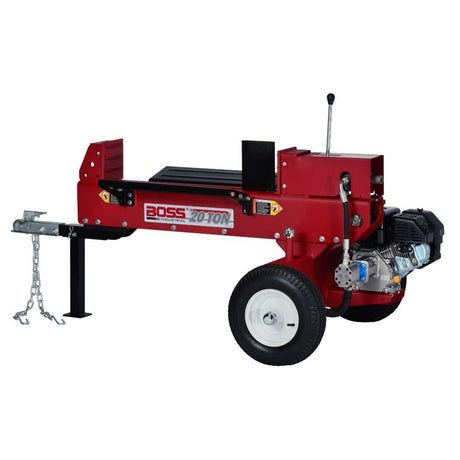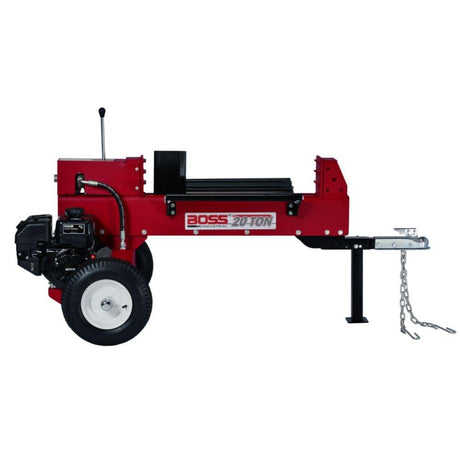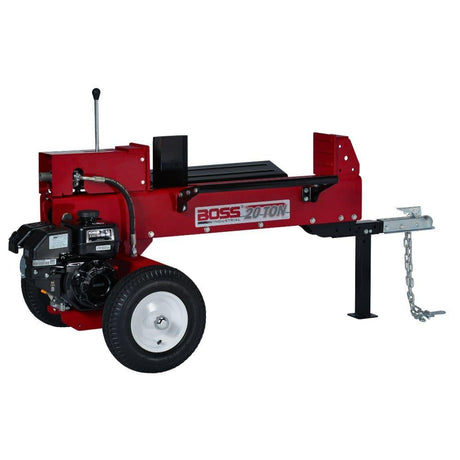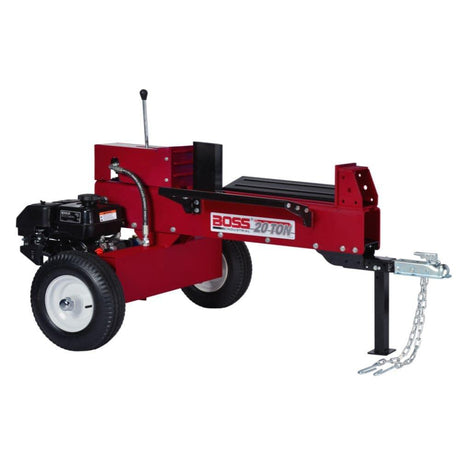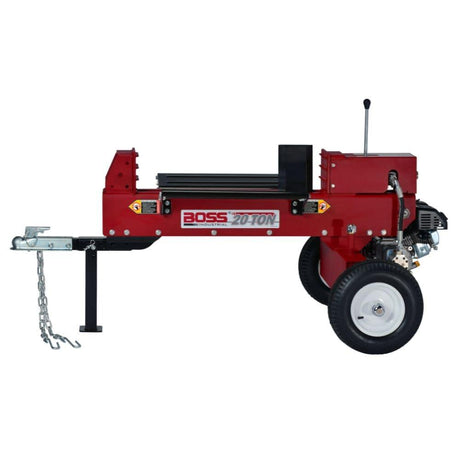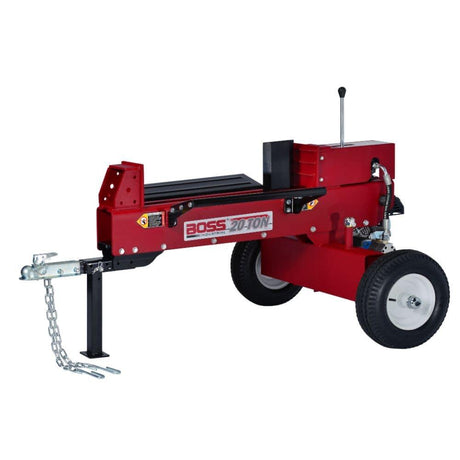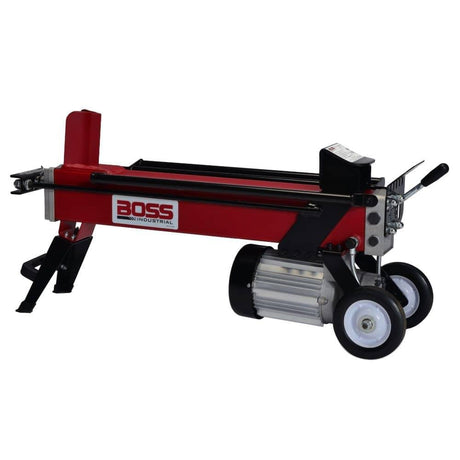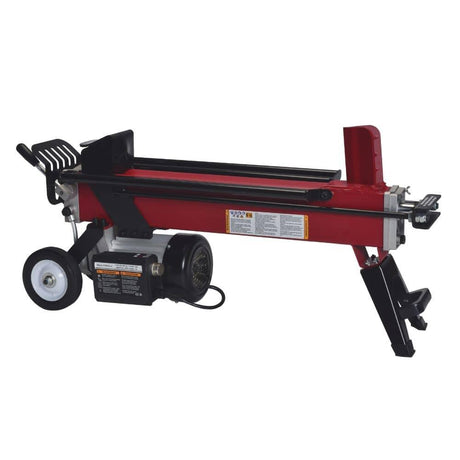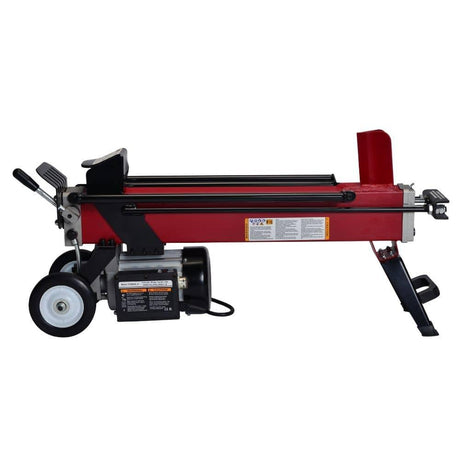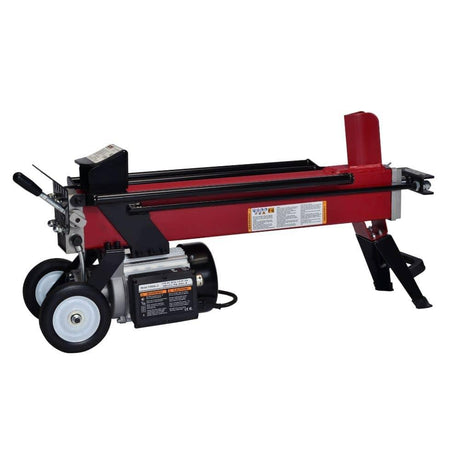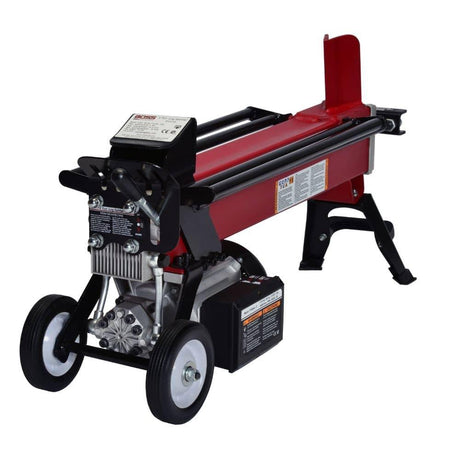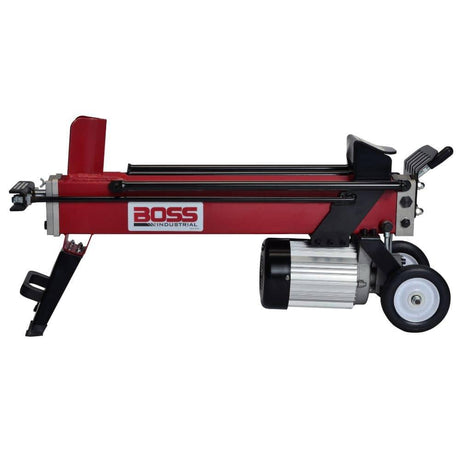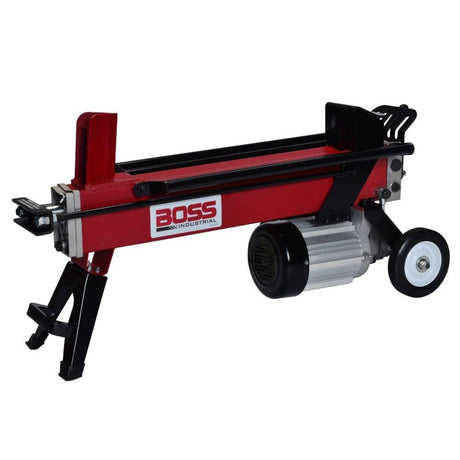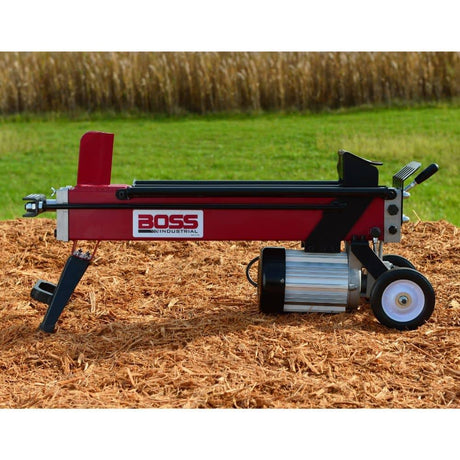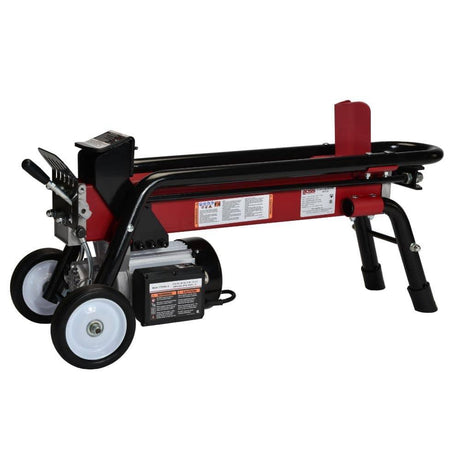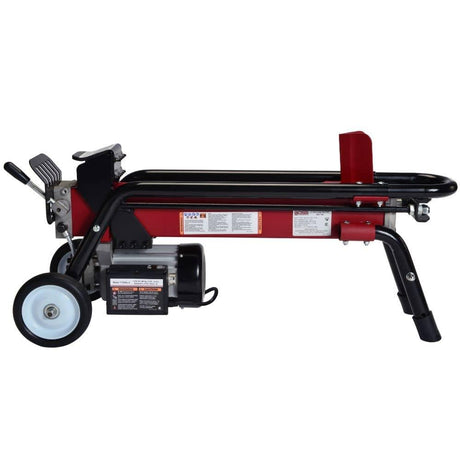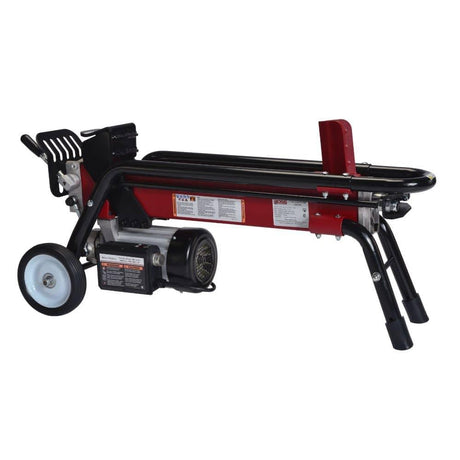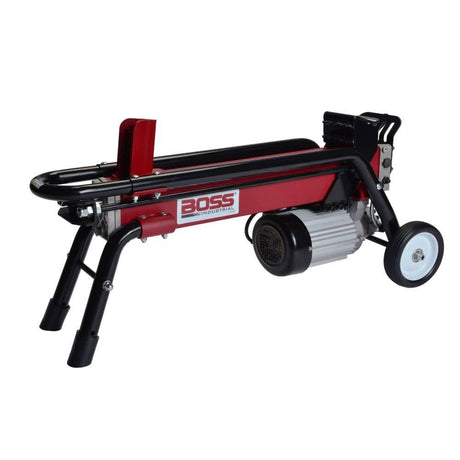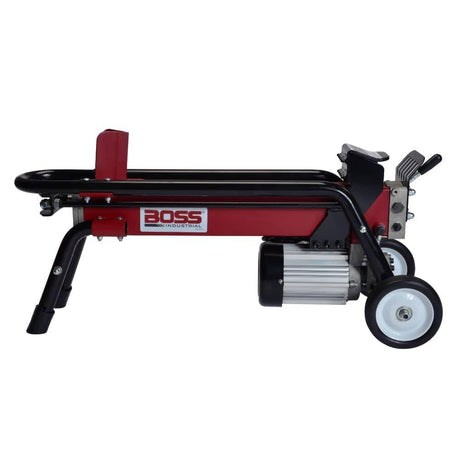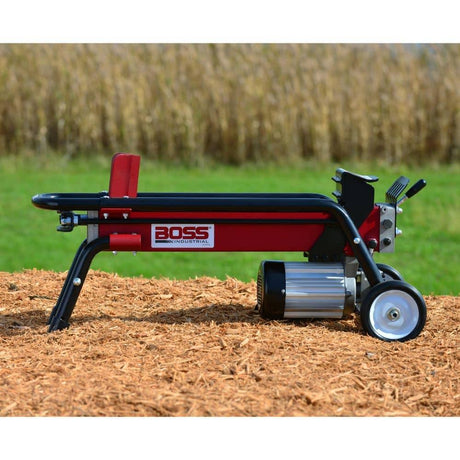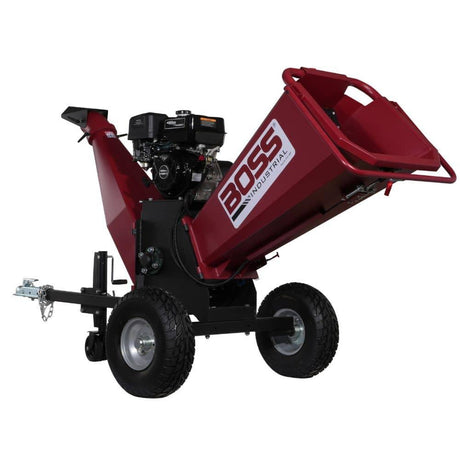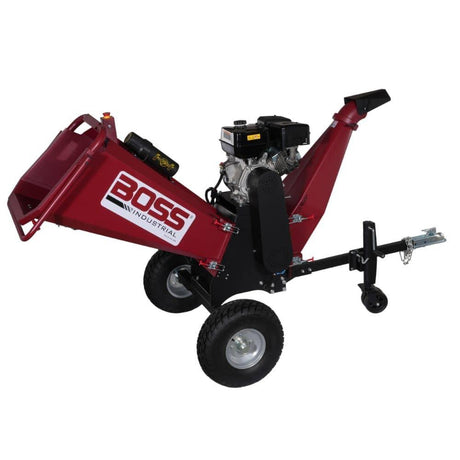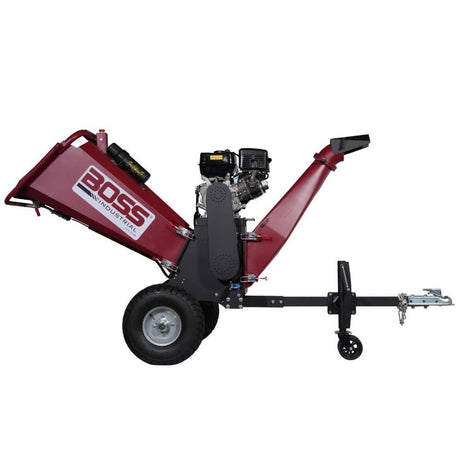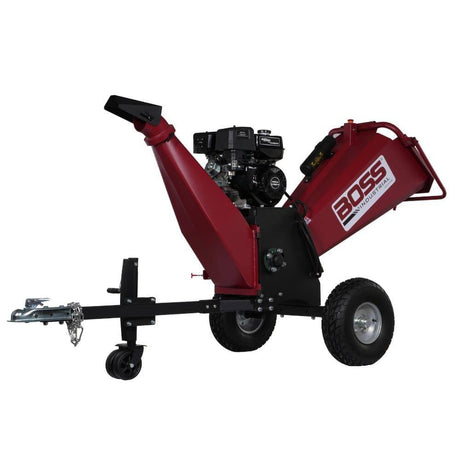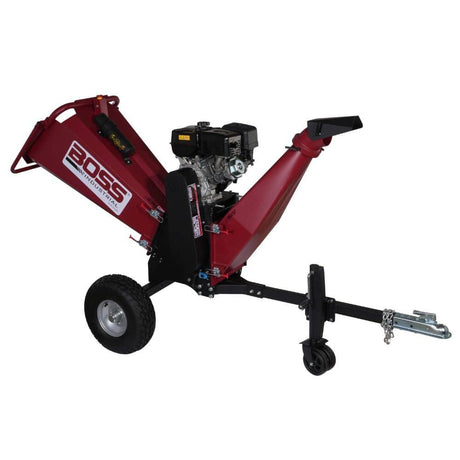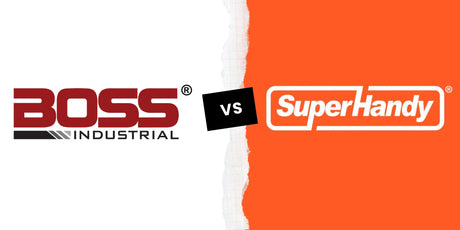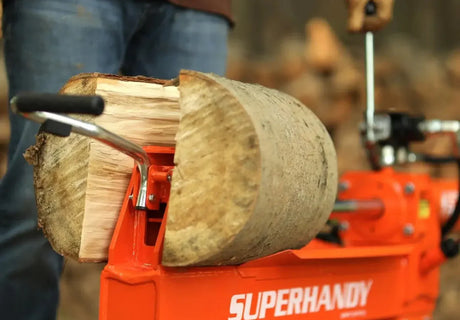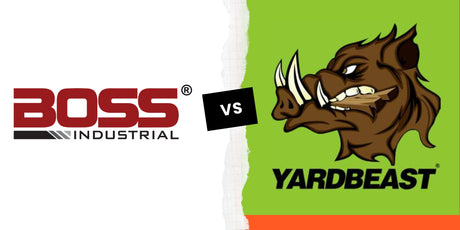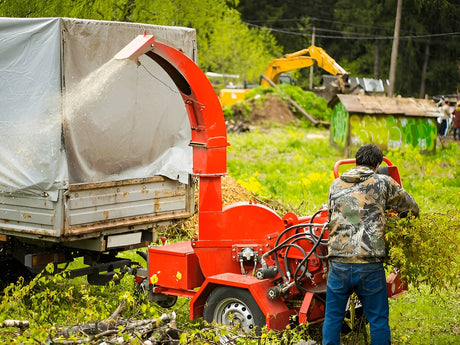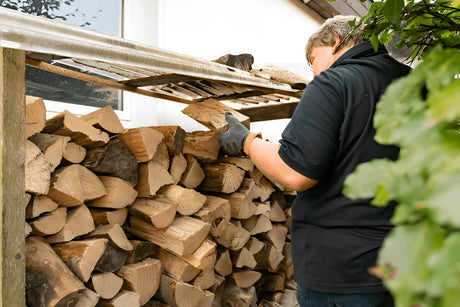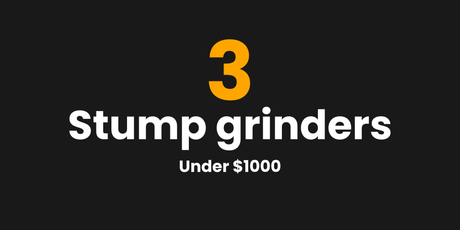Thinking about renting a chipper for your next yard cleanup-or maybe buying one outright? If you've ever stared at a pile of branches and wondered which option makes more financial sense, this guide breaks it all down. Whether you're a weekend warrior or a full-time pro, here's everything you need to make the smart call.
If you're curious about rental rates, check our How Much to Rent a Wood Chipper: A Comprehensive Guide to Rental Costs to plan your budget.
Key Takeaways
- Renting is great for short-term or one-time use.
- Buying pays off fast if you chip more than 15-30 hours a year.
- The bigger the chipper, the faster it becomes cheaper to own.
- Factor in fuel, maintenance, and storage-not just purchase or rental cost.
- Real-world use cases can swing the decision either way.
Wood Chipper Rental vs. Purchase Cost Comparison Table
The table below compares the true costs of owning versus renting wood chippers of different sizes, including hourly operating costs, maintenance, and break-even points.
| Factor | Owning Wood Chipper | Renting Wood Chipper | ||||
|---|---|---|---|---|---|---|
| Small (≤3") | Medium (4"–6") | Large (7"–10") | Small (≤3") | Medium (4"–6") | Large (7"–10") | |
| Purchase Price | $600–$2,500 | $5,000–$10,000 | $10,000–$20,000 | |||
| Rental Cost (Daily) | $70–$100 | $200–$400 | $300–$550 | |||
| Fuel Consumption (gal/hr) | 0.5–1 | 1–2 | 2–4 | 0.5–1 | 1–2 | 2–4 |
| Maintenance Costs (Annual) | $60–$250 | $500–$1,000 | $1,000–$2,000 | Included | Included | Included |
| Throughput (cubic yards/hr) | 1–3 | 3–6 | ~10 | ~1 | ~5 | ~10 |
| Operating Cost @ 50h/year | $85–300 (Fuel+ Maint.) | $550–1,100 (Fuel+ Maint.) | $1,100–2,200 (Fuel+ Maint.) | $515–750 (7 days + fuel) | $1,450–2,900 (7 days + fuel) | $2,200–4,050 (7 days + fuel) |
| Operating Cost @ 100h/year | $110–350 (Fuel+ Maint.) | $600–1,200 (Fuel+ Maint.) | $1,200–2,400 (Fuel+ Maint.) | $960–1,400 (13 days + fuel) | $2,700–5,400 (13 days + fuel) | $4,100–7,550 (13 days + fuel) |
| Operating Cost @ 200h/year | $160–450 (Fuel+ Maint.) | $700–1,400 (Fuel+ Maint.) | $1,400–2,800 (Fuel+ Maint.) | $1,850–2,700 (25 days + fuel) | $5,200–10,400 (25 days + fuel) | $7,900–14,550 (25 days + fuel) |
| Break-Even Time (Hours) | 9–25 hrs | 25–50 hrs | 67–120 hrs | |||
🔍 Quick Insight: When Renting Stops Making Sense
If you're chipping more than 15–20 hours a year, renting becomes expensive—fast. Use the break-even points in the table above as a benchmark: even a small chipper pays for itself in under 30 hours of use.
What This Table Shows
This breakdown helps you compare small (≤3"), medium (4"-6"), and large (7"-10") wood chippers-both rental and purchase options-across key cost factors:
- Upfront cost (if buying) vs. daily rental rates
- Fuel usage, annual maintenance, and throughput
- Estimated cost of ownership per year at 50h, 100h, or 200h of use
- Break-even hours-how long it takes before buying becomes cheaper than renting
You'll also see that for frequent users, buying a machine quickly pays for itself, while occasional users save money with a rental.
If you want the inside scoop on renting, check out The Truth About Wood Chipper Rental to learn what most rental companies don’t share.
How to Use This Data in Real Life
🏡 Homeowner With a Big Yard
Let's say you chip branches about 20 hours per year. Renting a medium chipper 2-3 times a year adds up fast-around $800-$1,500 annually. Buying a solid mid-size model for $5,000-$6,000 may seem steep, but you'll break even in about 3-4 years… and then chip for free.
🌳 Professional Landscaper or Tree Crew
If you're grinding 100-200 hours a year, renting is a cash drain. You'd pay $5,000-$10,000+ annually just in rental fees. Buying a pro-grade machine might cost $10,000 upfront-but it pays for itself within the first season.
🔄 Trying Before Buying?
Renting lets you test different brands and capacities. It's smart if you're unsure about chipper size or workload. Once you find the right fit, then you commit.
| Scenario | Renting | Buying | Reasoning |
|---|---|---|---|
| Occasional Use (<10 hours/year) | ✅ | ❌ | Renting avoids high upfront costs and eliminates maintenance responsibilities. |
| Frequent Use (monthly or more) | ❌ | ✅ | Buying becomes more cost-effective over time with consistent use. |
| Large Projects (e.g., multiple acres) | ❌ | ✅ | High-capacity machines are expensive to rent long-term; owning offers savings. |
| Trying Different Models | ✅ | ❌ | Renting lets you test various models before making a big purchase decision. |
| Limited Storage Space | ✅ | ❌ | Renting avoids storage issues with bulky equipment. |
| DIY With Moderate Yard Work (10–30 hrs) | ✅/❌ | ✅ | Renting may be okay short term, but buying pays off beyond ~15–20 hours. |
| Professional Landscaping/Tree Service | ❌ | ✅ | Consistent, high-volume use makes buying more efficient and profitable. |
| Post-Storm Cleanup (One-Time Event) | ✅ | ❌ | Renting is ideal for short, intensive cleanup jobs with no ongoing use. |
Think beyond this season. If you'll be clearing branches every fall, managing storm debris, or expanding your landscaping work, buying once could save you thousands over the next few years.
This second table shows exactly when renting or buying makes sense, based on scenarios like storm cleanup, monthly use, acreage size, and professional needs.
To avoid costly issues, review our 7 Wood Chipper Mistakes That Could Cost You Hundreds for practical tips.
⚠️ Common Mistakes to Avoid
- Ignoring fuel and maintenance in your cost calculations.
- Overbuying a machine that's too big for your needs (or can't be stored easily).
- Assuming rental is always cheaper-at 15-20 hours/year, buying a small chipper can be more economical.
- Forgetting that renting doesn't include cleanup or debris hauling.
If you're weighing purchase vs rental, see our How Much Does a Wood Chipper Cost: The Ultimate Price Guide for 2025 for detailed pricing insights.
Final Thoughts
Still stuck on the decision? Here’s a simple rule of thumb that holds up in the real world:
- Rent if you chip less than 10-15 hours/year or only need a chipper for a one-off project.
- Buy if you're using it monthly or seasonally, or need it on demand for large properties or professional work.
Every project is different, but if you're serious about reclaiming your yard-or scaling your landscaping business-owning your chipper is a smart investment.
👉 Need help picking the right size chipper for your yard or crew?Explore our best wood chippers here → - built for backyard heroes and pro crews alike.

